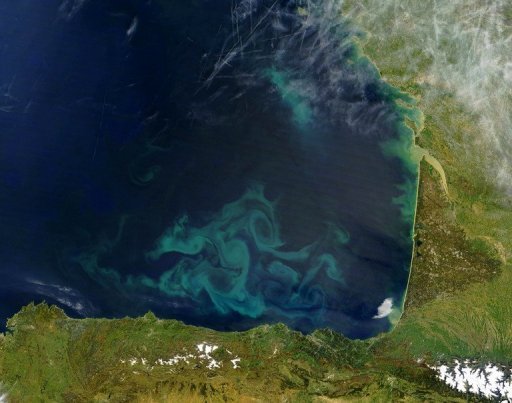Welcome to this week’s 21st Century Technology headlines. Each week we select a few interesting stories about technological innovation that more often helps rather than hurts the planet as we humans tackle the problems we face this century. As always I encourage you to comment, ask questions and provide input on topics I write about or feature.
This week we look at technology headlines in the fields of agriculture, bio-engineering, geo-engineering, the ocean, and freshwater. Enjoy the read.
Agriculture Update: Prognostication on What We’ll Grow and Eat
What will we be putting on our dining room tables in 2035? Josh Schonwald is the author of “The Taste of Tomorrow: Dispatches from the Future of Food,” in which he speculates on what our menu choices will be. Among his predictions are the following:
- Cobia – a saltwater fish that grows 10 times faster than most fish that we eat today and doesn’t taste fishy.
- Barramundi – also called Asian sea bass and found in Australia and Southeast Asia, a fresh and brackish water fish that takes well to aquaculture.
- Radicchio – the purple lettuce-like green we find in salads today, genetically engineered with enhanced flavours.
- Carrots – not your typical orange ones but red, yellow and purple, engineered to add nutrients and antioxidants.
- Purslane – a weed with six times as much vitamin A as spinach, and seven times more beta carotene than carrots.
- Insects – meal worms (apparently they taste like pork rinds), silkworms (the Chinese are studying them as a food source for long space voyages), grasshoppers, and crickets. They may be yucky to you right now but they are a great source of protein and prolific breeders.
- Synthetic meat – meat grown in the lab can be engineered to be much healthier than that grown on hoof.
- Supplements – pills that replace food with a synthesized concentrated tablet. If you think this is science fiction, check out Survival Tabs.

Bio-engineering the Eye – Bionic Retinas Show Promise for Restoring Sight
There are 39 million humans on the planet who are blind. Can we engineer a technology to restore sight to many of them?
Retinal implants are not new but clinical trials of a surgical procedure, that inserts a wafer-thin 3 millimeter square microelectronic chip with 1,500 light-sensitive pixels behind the retina, is showing promise. When light enters the recipient’s eye it is read by the chip which signals the optic nerve and gets interpreted by the brain. The chip’s sensitivity can be altered through an external power unit that connects through a magnetic disc on the scalp.
Sight at 1,500 pixels doesn’t compare to normal vision but for early recipients of the implant it has given them the ability to detect light and see blurry images. One patient reported dreaming in colour again. Currently the procedure is undergoing a trial on patients with retinitis pigmentosa. Doctors hope it can be of value as well to the 8 million estimated sufferers of macular degeneration.
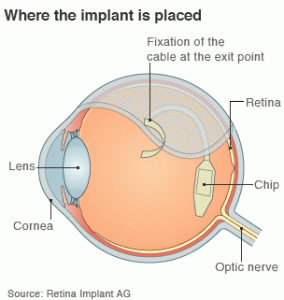
Geo-engineering the Oceans May Cause More Harm Than Help
There are consequences to fooling with nature. For those who feel that we can compensate for CO2 buildup in the atmosphere and oceans, by treating ocean water with lime or iron, think again.
Liming the Ocean – At What Cost?
The idea of adding lime to the ocean has been bandied about for awhile. The theory is the lime will bind with the 2 billion tons of CO2 that the ocean absorbs annually and become limestone which will settle on the ocean floor. The added benefit is raising the ocean’s pH level to counter the acidification caused by CO2 absorption.
Finding the lime is one challenge. Another is figuring out just how much lime is needed? Of course there is an enormous cost. You can read about the idea at open source project site called Cquestrate.
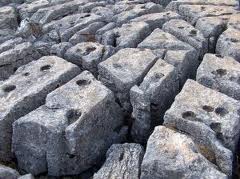
Throwing Iron at the Problem – Let the Algae Bloom
The idea to seed the ocean with iron is based on creating a fertilizer for phytoplankton. Iron will make phytoplankton grow and it will consume CO2. In 2004 researchers in Germany experimented on a section of southern ocean seeding it with seven tons of iron sulphate. This led to a diatom plankton bloom which when it died sank into the ocean to a depth of 1,000 meters (3,250 feet), but not all the way to the ocean floor. So the dead phytoplankton released the CO2 back into the ocean waters rather than binding with the sea floor sediments where it would have been sequestered. Playing around with phytoplankton can cause many unintended consequences. It can impact the marine biodiversity balance and the food chain. So the study results show that seeding appears to be problematic and a poor solution to rising CO2 levels in the atmosphere and as a result the world’s oceans.
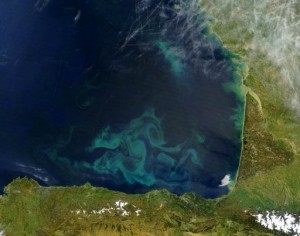
Inner Space Update: MoLab Ocean Floor Observatory to Study the Deep Ocean
Researchers at the GEOMAR Helmholtz Centre for Ocean Research in Kiel, Germany have launched an untethered remote seafloor observatory called MoLab designed to study the biology, chemistry, geology and topography of the ocean. MoLab’s first assignment is off the northern Norwegian coast at a depth of 220 to 350 meters where one of Europe’s most northerly cold water coral reefs is located. Cold water coral is of particular interest to scientists because the reefs are under threat because of proximity to large human coastal populations, pollutants, bottom-trawling and rising sea temperatures. The researchers will study and report on climate change impact on the coral.
The MoLab is the first of its kind and capable of studying an area of the ocean bottom several square kilometers in size. It is modular consisting of a central communications hub using acoustic signals to capture and synchronize data transmitted from multi-sensor equipped satellite monitoring stations. The MoLab also comes with on board cameras with the ability to relay images to receivers on the surface or onshore. With no tether to a surface vessel MoLab can be moved around and serviced by submersibles.
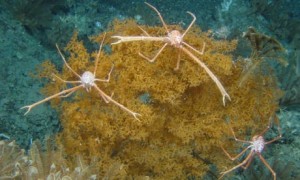
Water Update: Mobile Phone Technology Contributing to Smart Water Pumps
Fresh, clean water in Africa is a rare commodity. When found in wells it has to be pumped out of the ground usually by hand. But as many as one-third of these hand pumps are not working. With access to clean water a daily challenge for up to 276 million rural Africans, this represents a significant problem. How significant? Studies have shown that unimproved water access is contributing to 1.5 million child deaths annually.
Hand collecting water is a challenge for the women and children of Africa. It is estimated they spend 40 billion hours and 448 million lost school days pursuing this essential resource. In arid and semi-arid areas a failed water pump usually means the abandonment of the water source.
That’s why researchers from the United Kingdom have been working in Kenya and Zambia to develop a prototype data transmitter that talks to mobile phones and that can be fitted on water pumps. When the hand pump starts to break down the transmitter can alert engineers on their mobile phones and they can then go out and service the pumps before they completely break down. Called the Smart Hand Pump, the technology is undergoing a trial in 70 Kenyan villages this August. If the trial succeeds in Kenya, the developers plan to introduce the technology next to Malawi, South Sudan and Zambia.
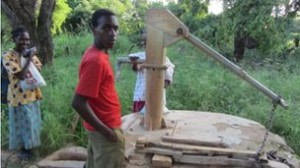
If you uncover an interesting technology news story please send it to me. If you are interested in being a guest columnist at 21st Century Tech, let me know your area of expertise and send along a writing sample. Thanks for dropping by.
